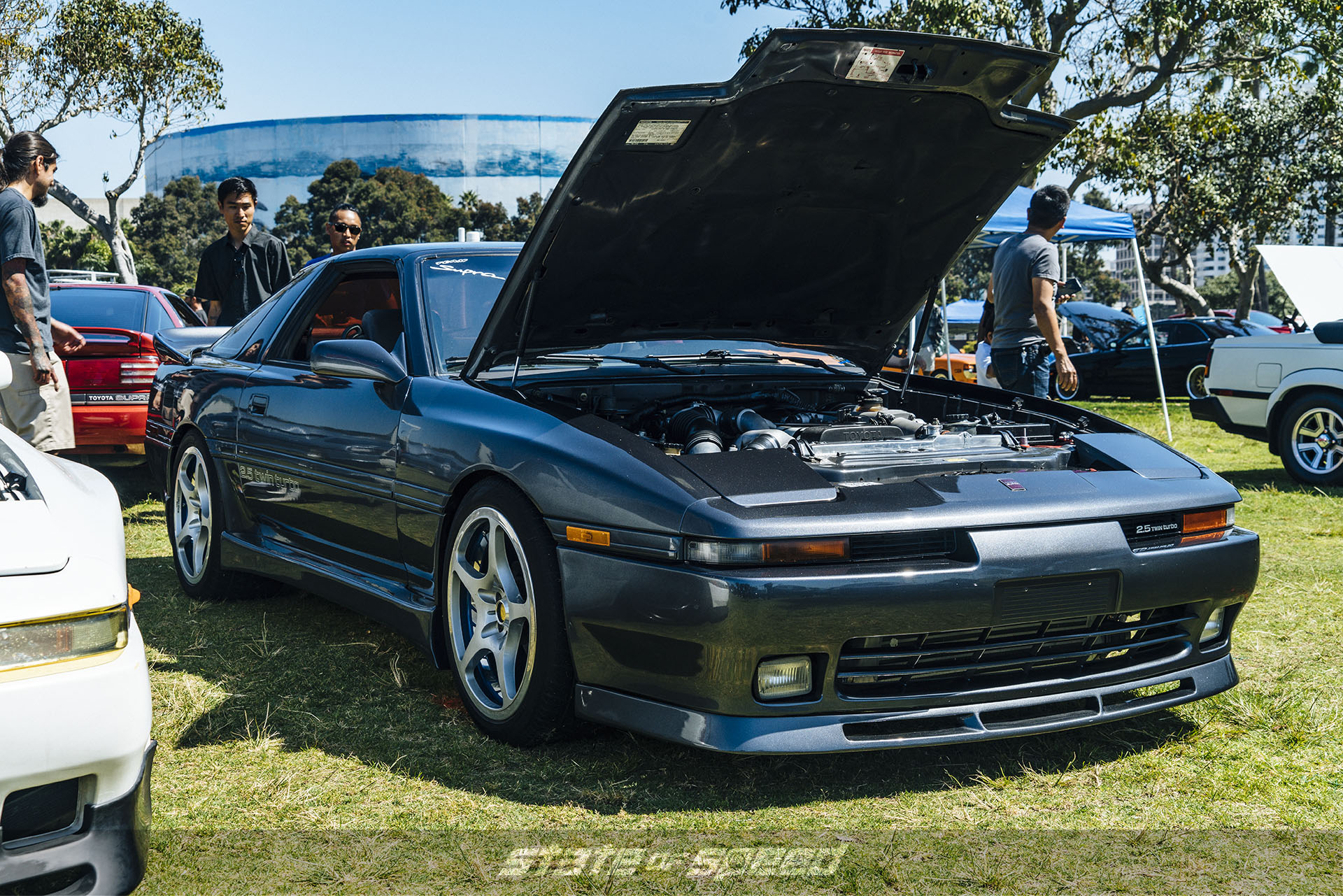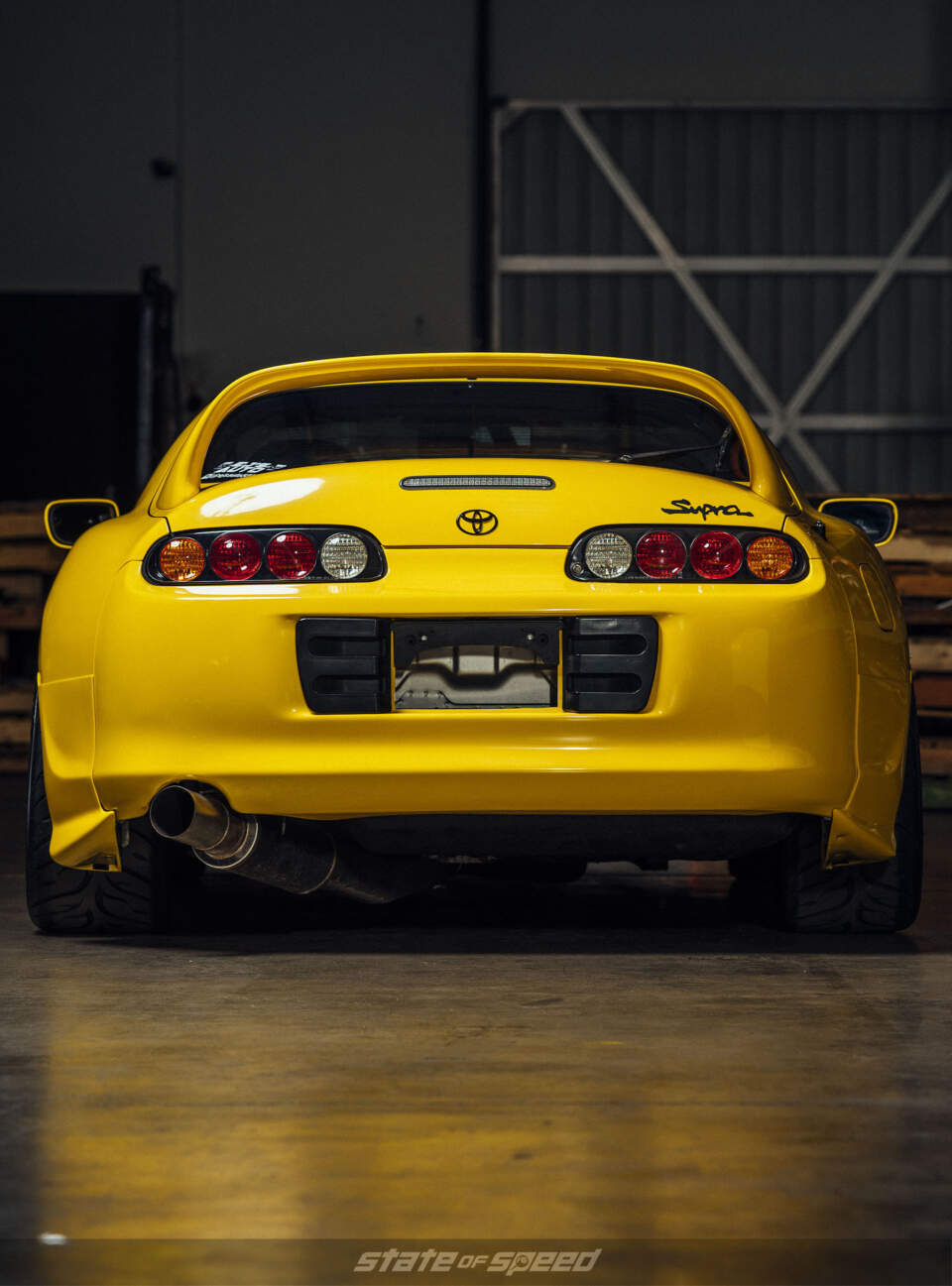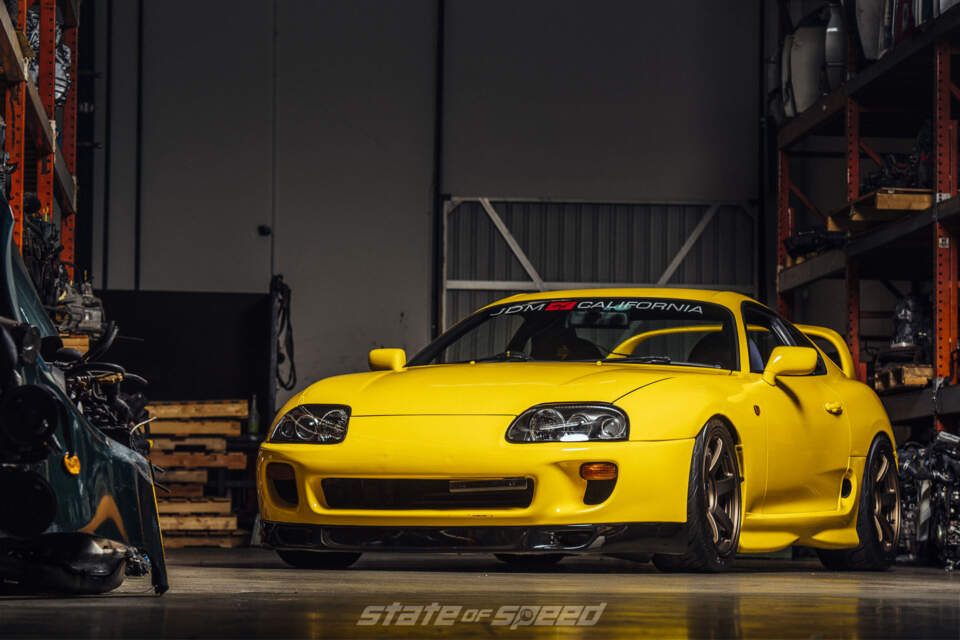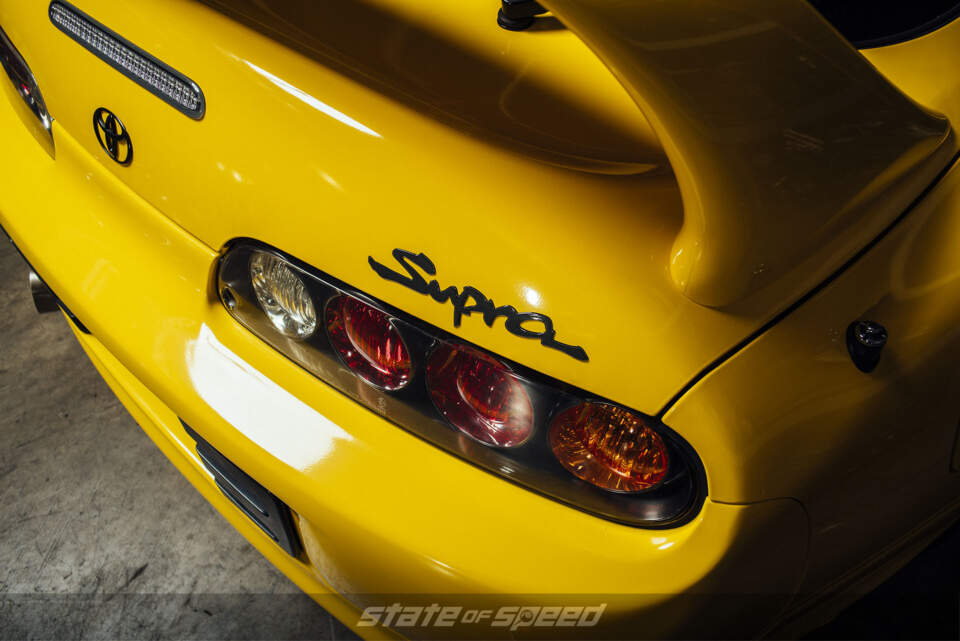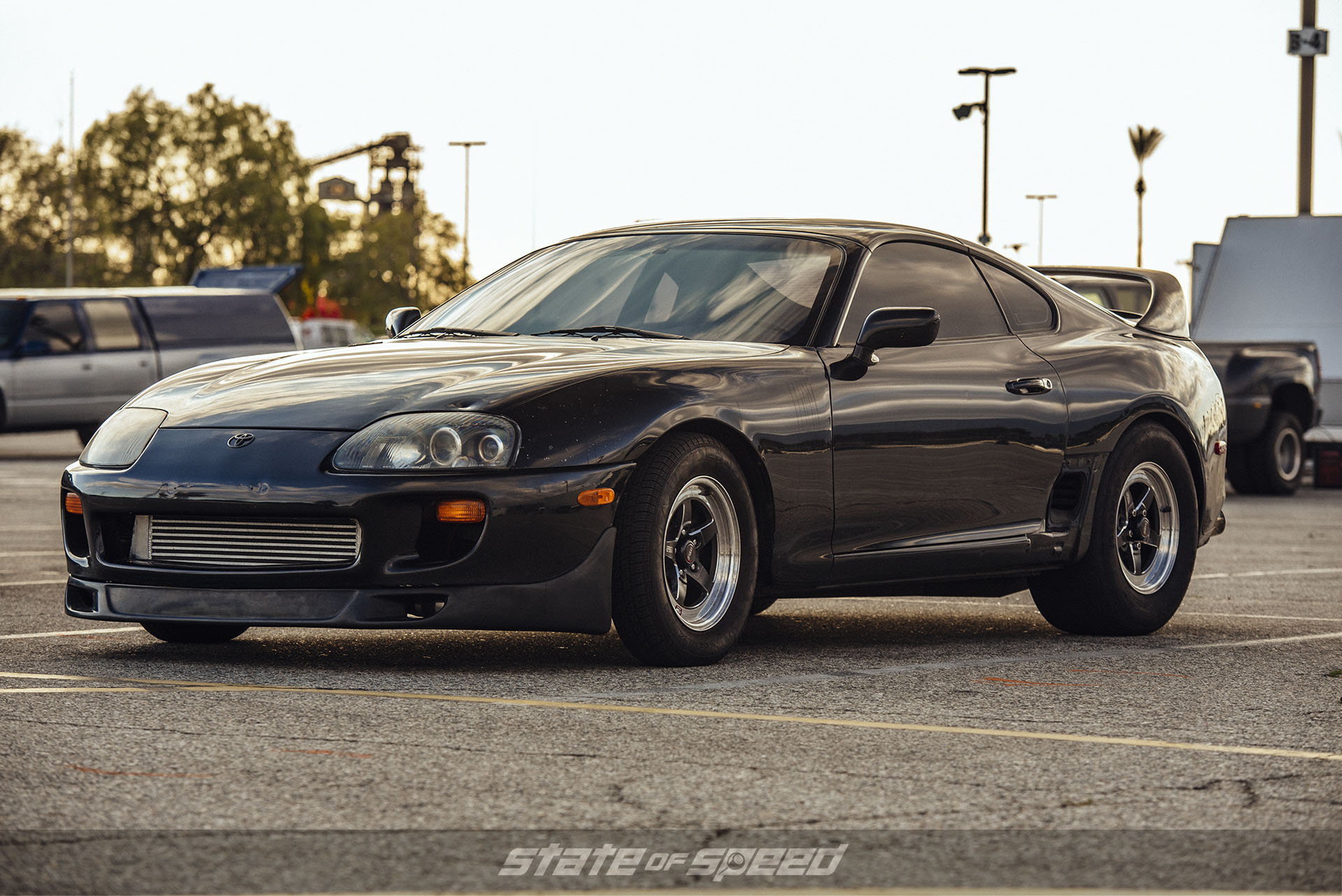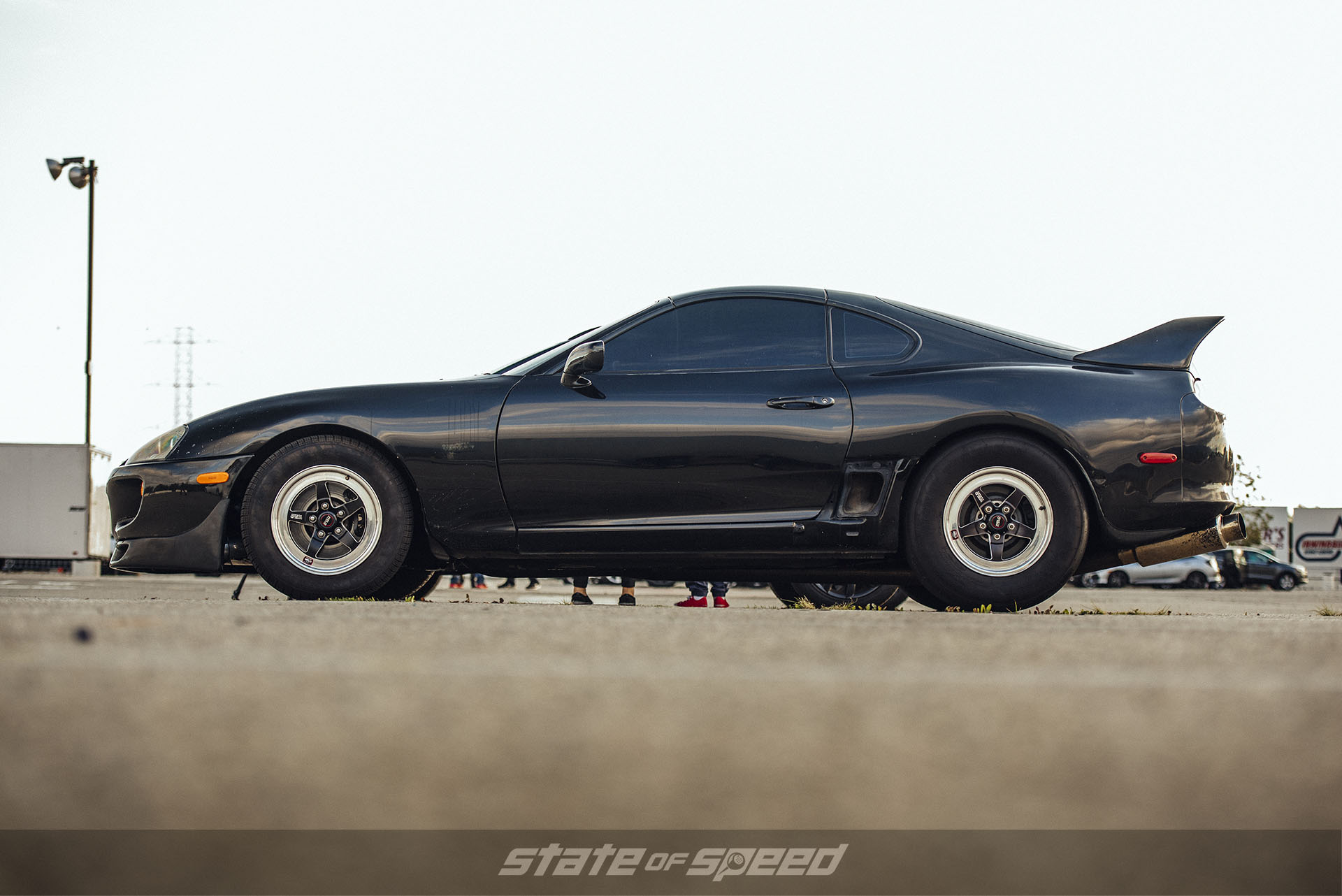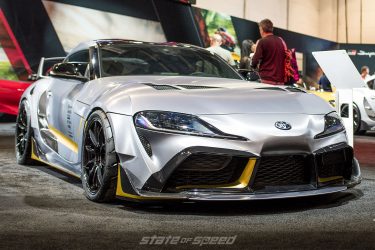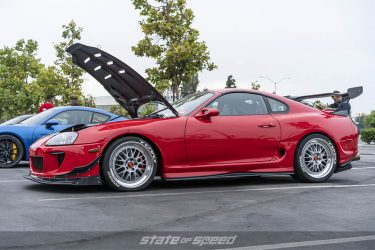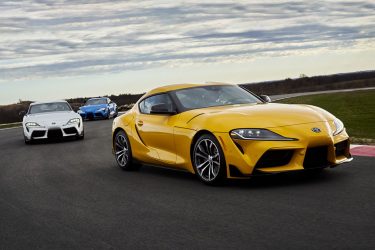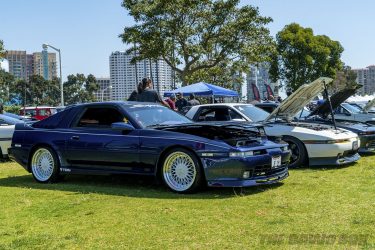The Toyota Supra Then and Now
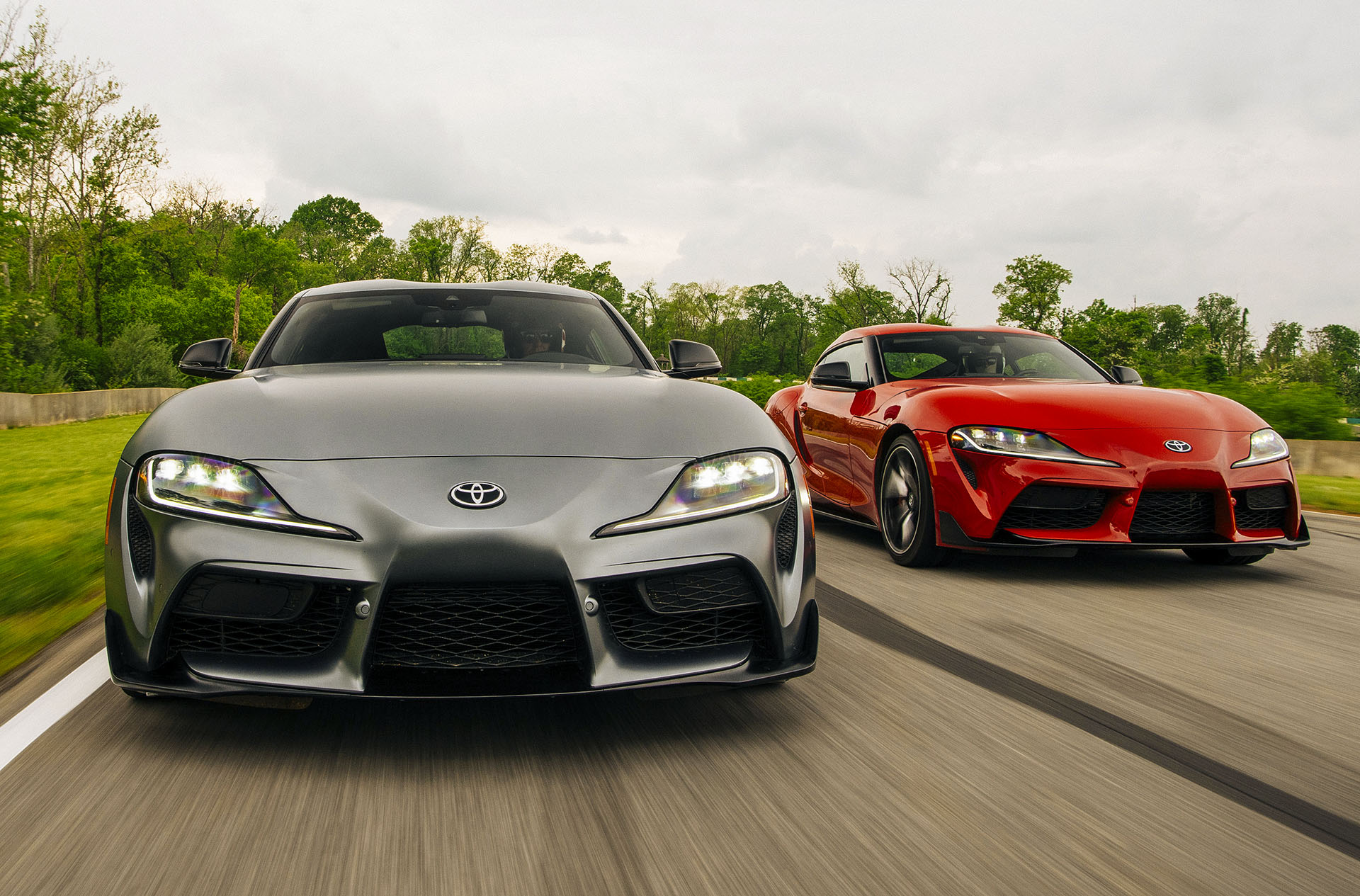
When the fifth generation Toyota Supra was unveiled as a 2020 model at the 2019 North American Auto Show, many of the brand’s most loyal (and vocal) adherents had their worst fears realized. Months of rumors had been confirmed – the long-hoped-for successor to the totemic MKIV Supra was being built on a platform shared with the BMW Z4 as part of a collaboration between Toyota and the German automaker, extending right down to the turbocharged inline-six under the hood, and 8-speed ‘conventional’ torque converter automatic transmission.
While the new A90 would be significantly quicker than any factory-spec MKIV, and more advanced in every way that matters, there were those who saw it as a break with the Supra’s revered history and an unworthy successor. In reality, though, it brings the marque’s story full circle, taking it back to its roots in European sports car inspiration. Here’s a look at how the Supra became Toyota’s once and future performance flagship.
Wellspring of the Japanese Sports Car

In 1961, Jaguar introduced the E-Type; in a country that had finally shed the last of the rationing imposed in the Second World War just seven years earlier and was still struggling to rebuild its civilian manufacturing infrastructure, this sports car represented the very best of British engineering and design. As a historical fact, it was distilled, weapons-grade sex on wheels, and Enzo Ferrari called it “the most beautiful car ever made.”
Series 1 cars debuted with power from the XK6 inline-six, a silky-smooth powerplant that dated back to 1949 but proved so versatile and reliable that it would continue to be manufactured in various displacements and versions until 1992. If the small block Chevy is the engine that best represents American automotive engines through the years, Jag’s straight six is its refined, cultured equivalent on the Continent.
The E-Type’s production run spanned three distinct series between 1961 and 1975, but before it bowed out to be replaced by the aggressively-meh XJ-S, it inspired a whole generation of designers around the world. Its long hood/short cockpit coupé layout, necessitated by the front-mid placement of the long inline six behind the front axle, just looked “right,” and those responsible for penning new car concepts in Japan took notice.
[The first-gen RX-7] in typical Mazda weirdness used the incredibly compact 2-rotor Wankel 12A powerplant in an engine bay long enough to fit a straight-eight.
Japan was also emerging from its post-war struggle to rebuild, and carmakers were branching out from their utilitarian roots into ideas that would showcase their engineering and design chops as well as give them high-margin models for foreign (in other words, “North American”) markets. Nissan, still known as Datsun in the US, delivered their riff on the Jaguar sports car archetype with the 1970 240Z, which had similar long-hood/short-cabin proportions and an inline six under the hood. Mazda jumped in late in the game with the first-gen RX-7 in 1978, which was a visual homage to the 1968 Ferrari Daytona, but in typical Mazda weirdness used the incredibly compact 2-rotor Wankel 12A powerplant in an engine bay long enough to fit a straight-eight. Toyota’s hot take on the E-Type was the 1967 2000GT, which first appeared as a concept in 1965, but had an extremely short production run of a mere 351 cars. Priced at $6,800 in the US (the equivalent of almost $53,000 in 2019 buying power – a screaming deal in retrospect, but still higher than the contemporary Jag) it received rave reviews and could be considered Japan’s first ‘exotic.’
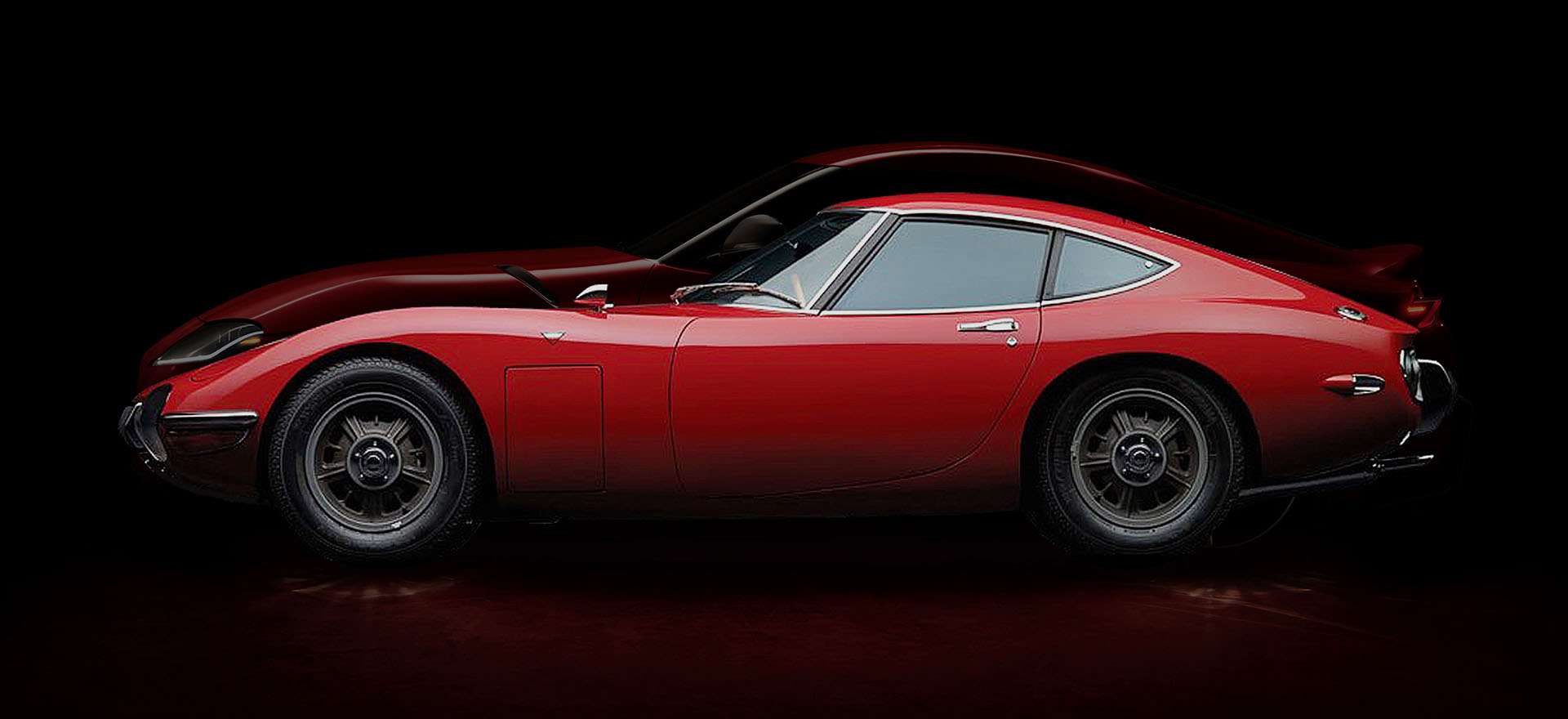
Power for the 2000GT came from a 2.0-liter DOHC inline six, rated at 148 horsepower and 129 pound-feet of torque. While it was a world-beater in terms of style and the equal of its rivals in performance, the economics of production simply didn’t make sense for Toyota, and the company’s halo car came and went in the blink of an eye.
Humble Beginnings
By the dawn of the 1970s, Toyota had made decent inroads in the US domestic market, laying the foundation for an empire that would eventually make them the world’s largest automotive manufacturer worldwide. Their focus on sensible, well-built mainstream cars and trucks was a winning long-term strategy, but the itch that had led to the 2000GT still needed to be scratched.
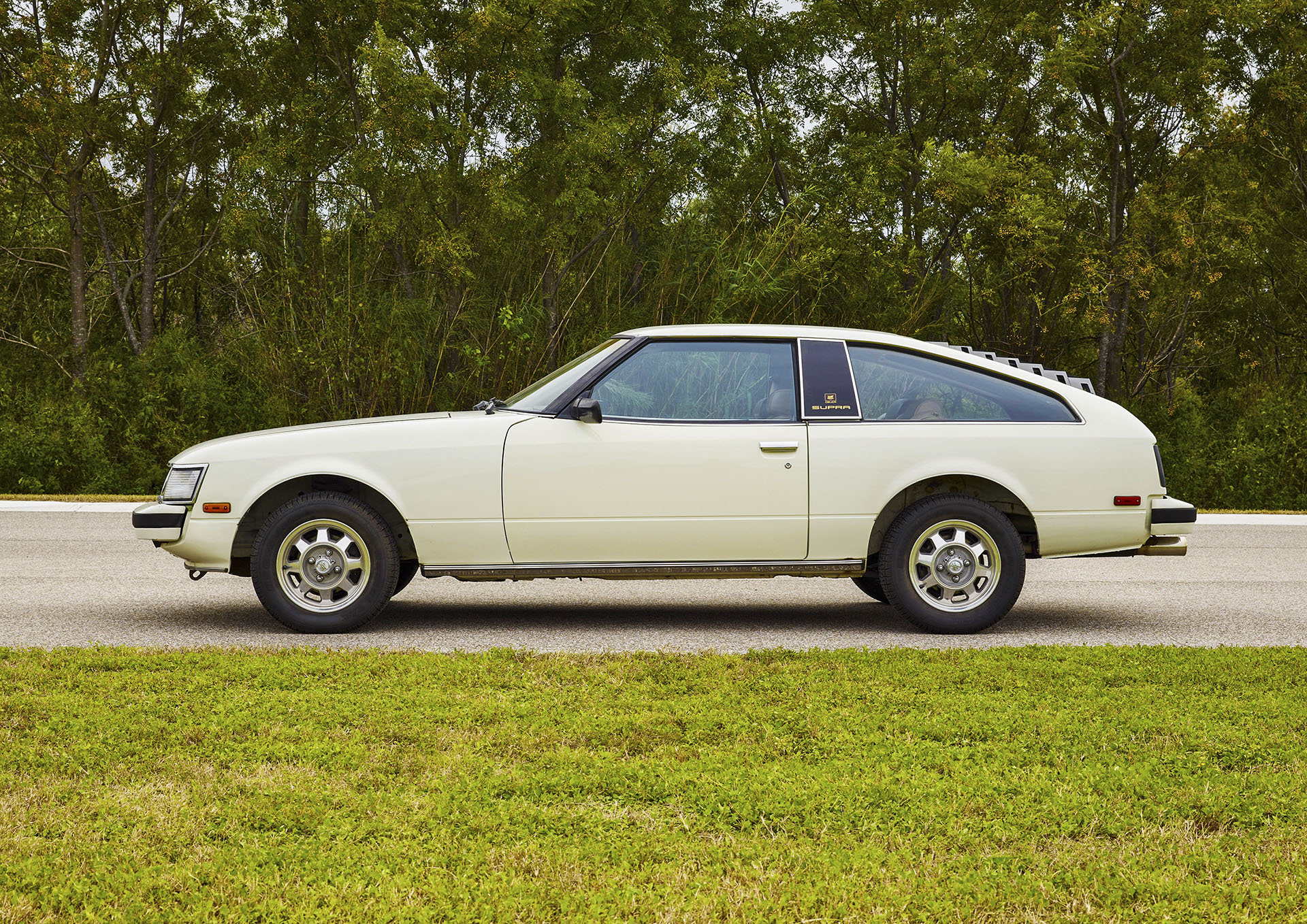
The Celica, Toyota’s entry into the sporty 2+2 coupe market, had made its debut in 1970, and the first generation cars had the styling and performance to rival Datsun’s 510. With the change to a second-generation “A40” design, somebody had the bright idea to create a high performance model that replaced the variety of four-cylinder engines that had come before with the 4M inline-six engine. This was essentially a bored and stroked version of the 3M that had been featured in the 2000GT, and it had already been utilized in some of Toyota’s other, larger cars like the Corona, Cressida, and Crown.
This fuel-injected single overhead cam engine displaced a nominal 2.6 liters and delivered a rated 110 horsepower and 136 pound-feet of torque. Because it was a longer engine than the inline fours powering the “normal” Celica, the new Celica Supra was stretched by just over five inches forward of the firewall to make room under the hood. It made its way to the US market in 1979, but by late 1980 the 4M had been replaced by the 2.8 liter 5M, which made an additional seven horsepower and nine pound feet “at the brochure.”
While a V-6 engine would have created a more compact powerplant (and eliminated the need for the extended chassis), the engineering advantages of the inline layout made it the darling of disco-era designers. Because of the firing order and position of the crank throws, an inline six has what is referred to as “perfect” primary balance, needing no additional balance shafts to offset inertial forces as the engine spins, making them unusually smooth in operation while still being simple. The only mechanical disadvantage compared to a “vee” engine with a similar cylinder count is the long crankshaft, which needs to be stronger than the very short and stiff ones found in V6 and inline four designs to prevent it from acting like a torsion spring. Though they would fall out of favor as the majority of automobile designs switched to front wheel drive layouts where transverse inline six engines weren’t very practical, they held on in sports car applications for the same reason the XK6 was the perfect engine for the E-Type: Refined power at any RPM.
Humble Beginnings: A New Celica Begets a New Supra
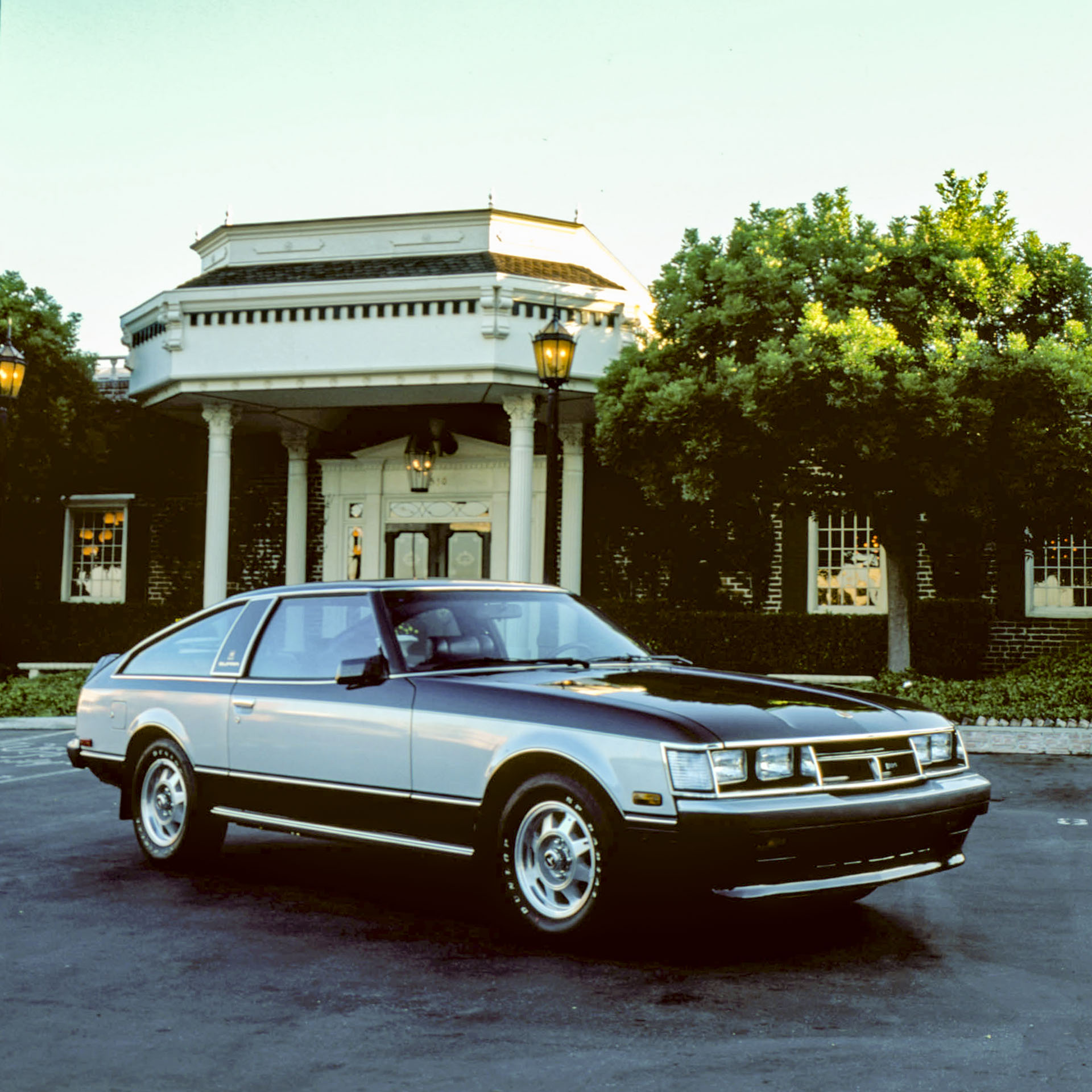
In 1981, both the Celica and Celica Supra received clean-sheet redesigns with the debut of the A60 chassis. The difference in overall length remained in order to fit the updated version of the 5M in the Supra, which ranged from 145 horsepower and 155 pound-feet all the way up to 178/169 in US trim between the 1982 and 1985 model years. Another significant change came in the form of a switch from a live axle to an independent semi-trailing arm rear suspension, offering improved handling potential.
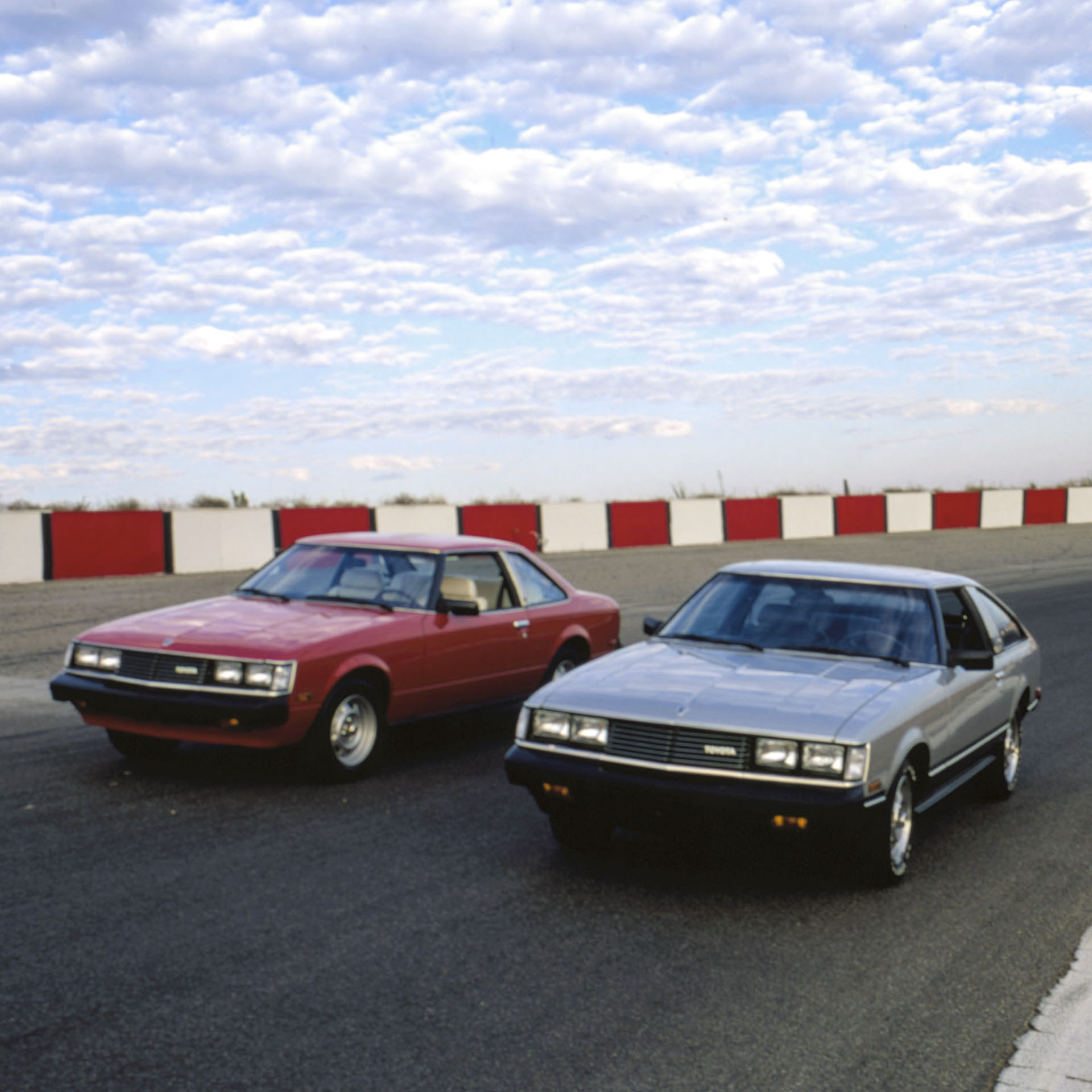
Styling was also a clean break from the previous generation, with hidden headlights and an angular, almost “8-bit” design language that is still visually appealing today, while undoubtedly being a product of the 80s. In the US market, the Supra was offered in two main trims that shared the same basic running gear but differed in wheels, tires, and body cladding. The L-Type lacked the P-Type’s fender flares and came with a narrower wheel and tire package than the P-Type, and initially offered interiors that weren’t available in the P-Type.
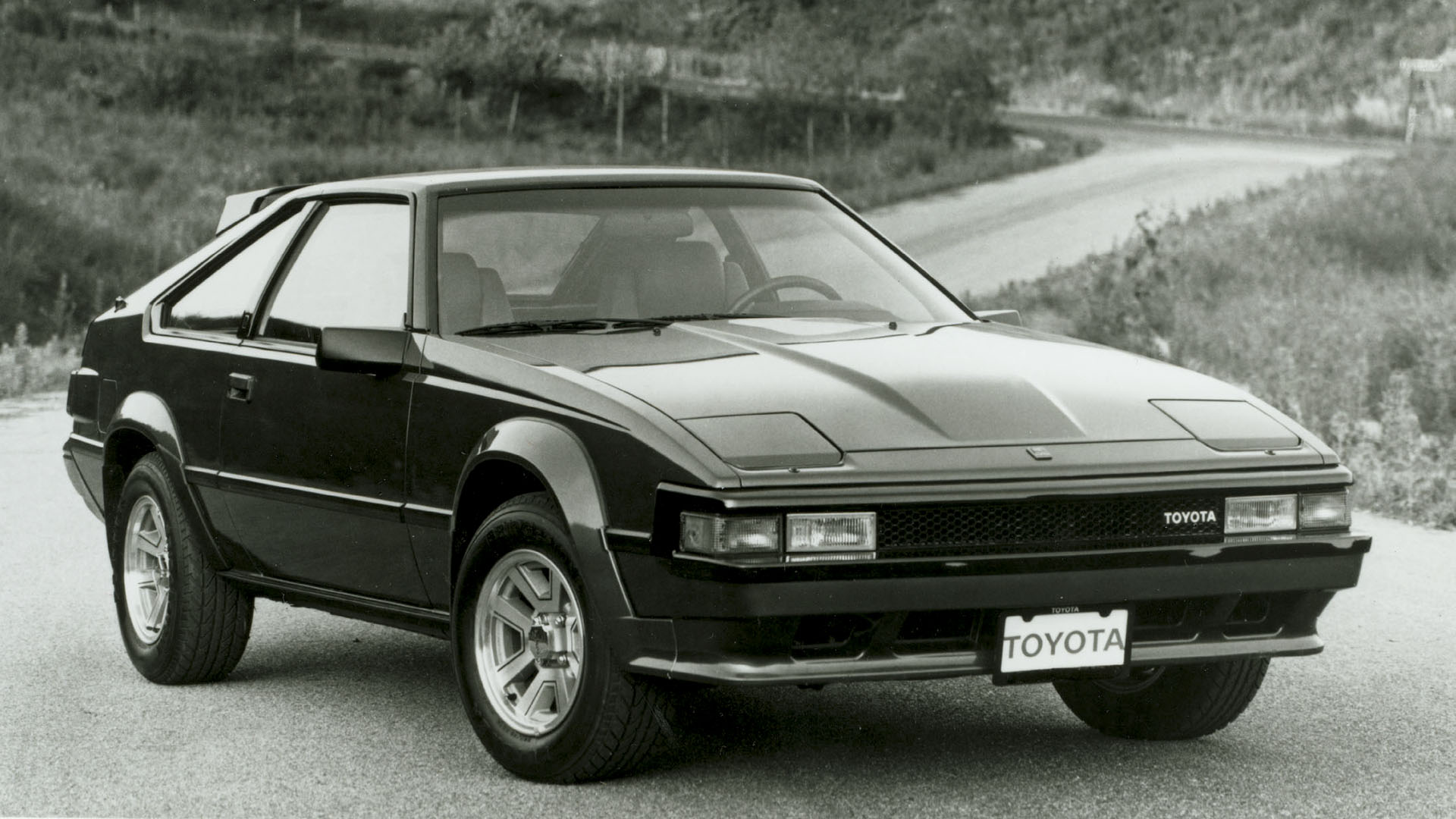
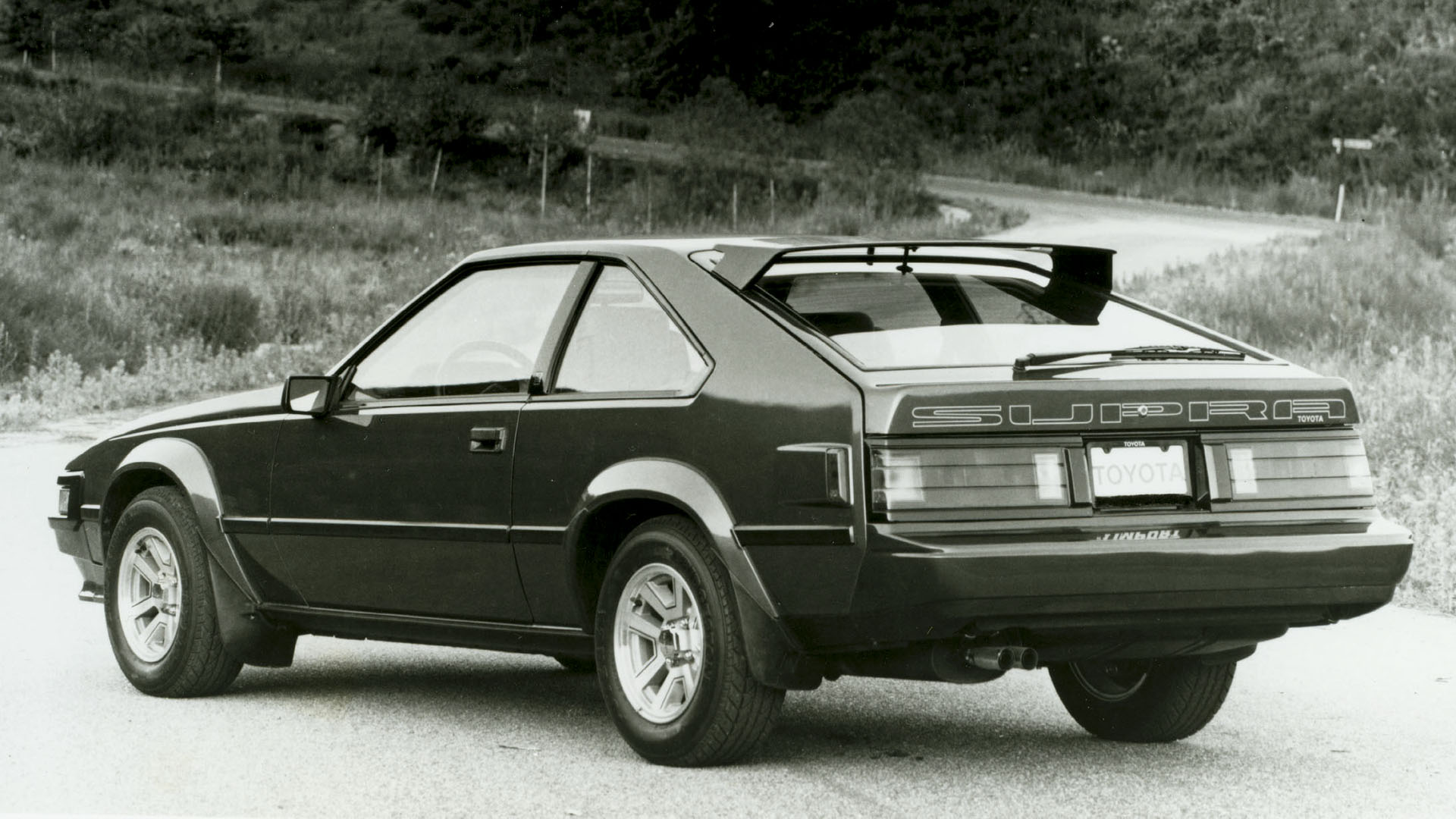
Performance for the final A60 USDM Supras, while respectable for the era and a definite improvement on the mid-17-second dragstrip times of the previous generation, was nothing to write home about by modern standards – Car and Driver posted an 8.4 second 0-60 and 16.1 second quarter mile. Even so, these cars were perfect archetypes of the front engine/rear drive Japanese “sporty” car of the period, and helped build the Supra brand in the American market.
Clean Sheet
With the A60 chassis at the end of its production run, Toyota followed the same path as many of their peers by switching to a front-wheel-drive platform for the Celica that would be shared with the JDM Carina and Corona, but in a somewhat unusual move, split off the Supra as its own model for 1986, retaining rear-wheel-drive. The MKIII Supra was clearly an evolution of the MKII in both styling and performance, but for the first time a turbo option would be available in the US market. The A70 incorporated a lot of advanced (for the time) technology – while the 7M-GE and -GET’s DOHC 4-valve heads weren’t a revolution, the engines marked the first time Toyota had used distributorless ignition with a coil-per-plug design, and variable intake tract geometry was also introduced in the unboosted version of the 7M.
Power grew to 200 horses and 196 pound-feet for the naturally-aspirated inline-six in the US, while the 7M-GET delivered 232 horsepower and a whopping 254 pound-feet of torque from its nominal 3-liter displacement at a modest 5 pounds of boost. Car and Driver obtained a 6.4 second 0-60 time and a 15-flat at 91 MPH quarter mile timeslip for the turbo model – a significant improvement on the previous generation’s performance.
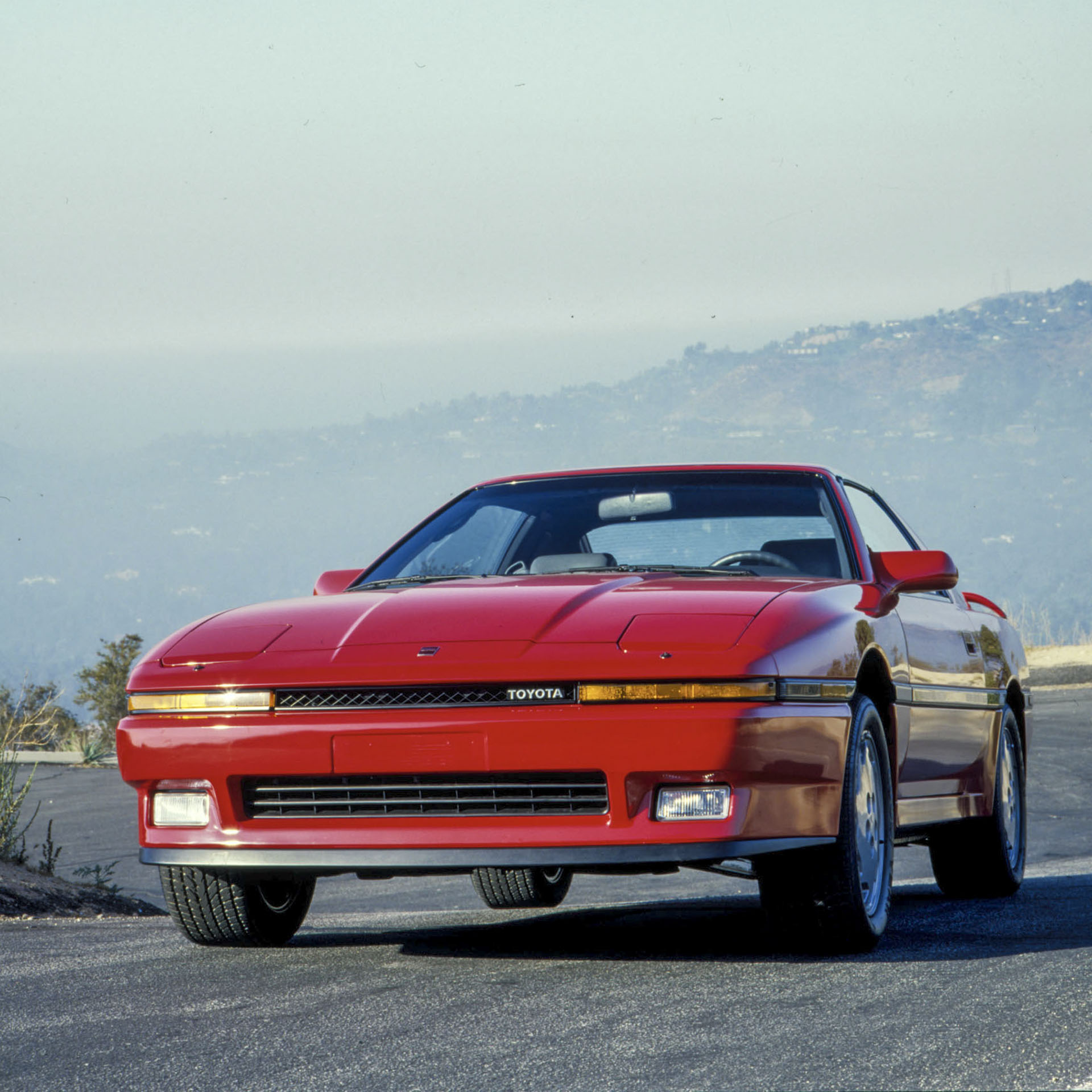
Through its 1986 – 1992 production run, the MKIII Supra attracted the attention of the growing Japanese domestic tuner market, which was just entering its golden age. The 7M-GET proved to be strong and reliable enough to tolerate upgrades like increased boost via wastegate controllers and turbo swaps, and while the Supra wasn’t quite as light as some of its contemporary rivals, it could certainly hold its own against other modified cars of the era. But with the next generation Supra, Toyota would once again wipe the slate clean and create a car that would come to encapsulate “tuner” culture like no other.
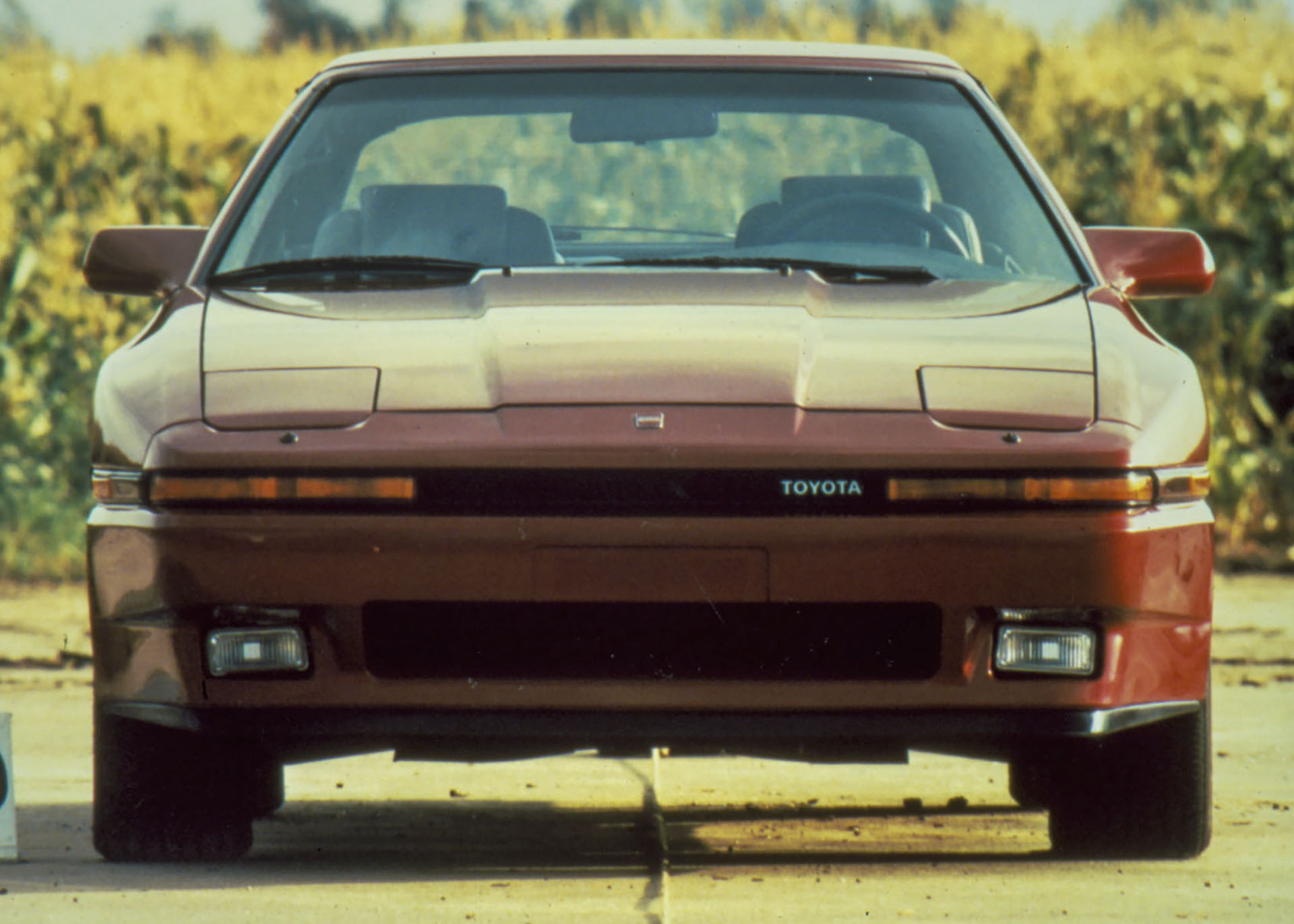
The Legend and the Reality
The A80, known by enthusiasts (though never referred to by Toyota) as the MKIV Supra, was another watershed change from the previous generation. Sharing the underpinnings of the USDM Lexus SC300/400 but more than a foot shorter overall, the new Supra embraced the softened, no-hard-creases design language that came to dominate mid-90s styling for both Japanese and US cars. While the MKIII had decent performance credentials, the 1993 MKIV Supra was intended to be Toyota’s flagship, and received upgrades everywhere on the spec sheet.
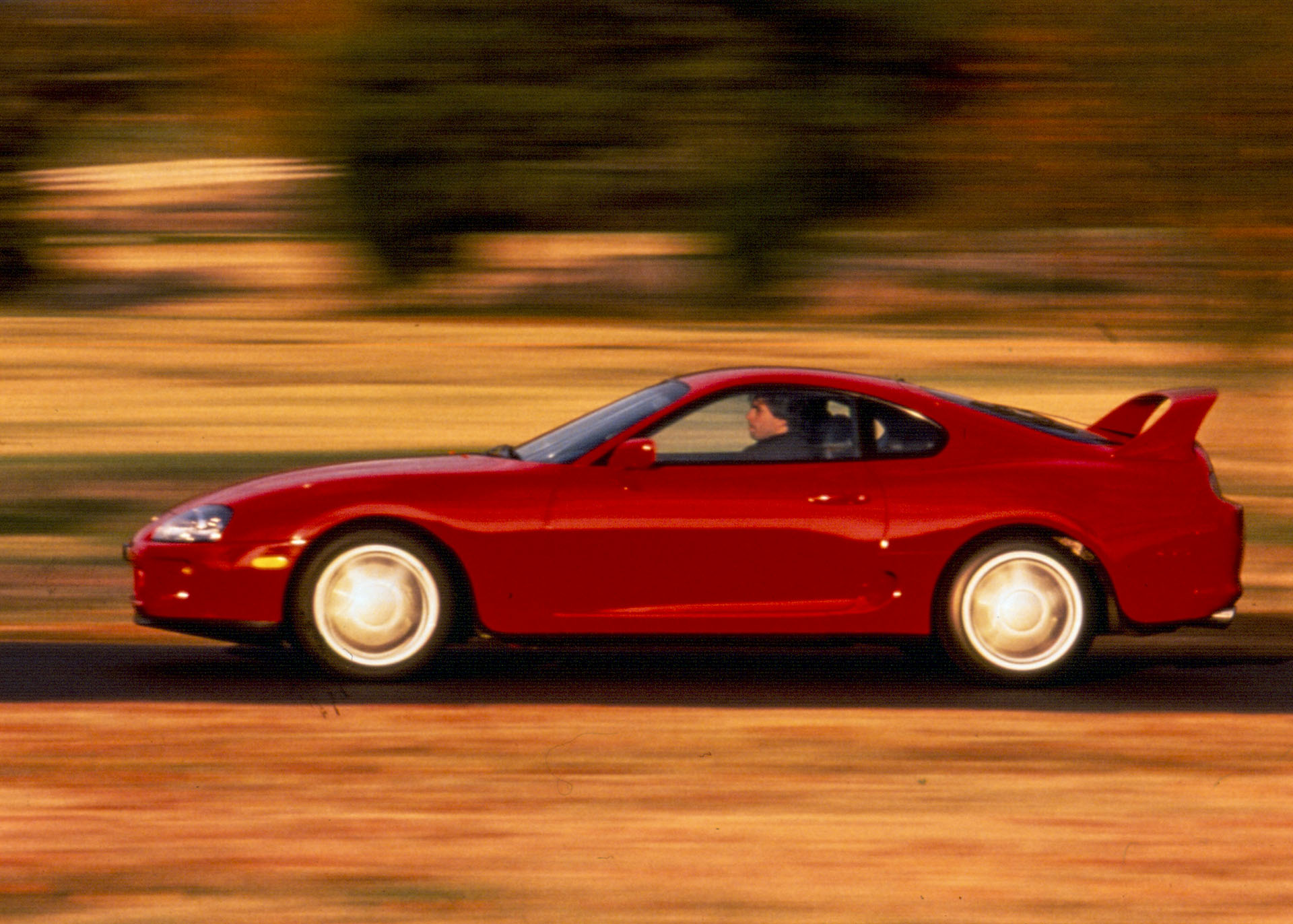
Front and center was the new 2JZ inline six; this three-liter engine developed a respectable 220 horsepower in naturally-aspirated GE form, but the real star of the show was the twin-turbo 2JZ-GTE, rated at 321 horsepower and 315 pound-feet for US-spec Supra Turbos. As a technological showcase, the 2JZ-GTE incorporated 90s cutting-edge technology – instead of using a single, medium-size turbocharger like the 7M-GET, the new powerplant was fed by two smaller turbos that were activated sequentially in order to reduce lag while still operating efficiently at high engine RPM and load.
There was also significant effort placed into reducing the weight of the MKIV; unlike most cars that become heavier and heavier as the years went on, through extensive use of aluminum, magnesium, and composite materials, the A80 was actually more than 200 pounds lighter than the car it replaced. The end result of all the extra power, reduced weight, increased technological sophistication, and other improvements was a car that in Turbo form could do 0-60 in 4.6 seconds, run a 13.1-at-109 quarter mile, and pull 0.95g on the skidpad.
Unfortunately, the mid-90s was a bad time to be exporting (relatively) expensive sports cars from Japan, thanks to an unfavorable exchange rate and tightening safety and emissions regulations in the US. The MKIV only graced American Toyota showrooms from the 1993 model year introduction to 1998, though it would continue to be produced through 2002 for the Japanese domestic market. With no replacement on the drawing board, the Toyota Supra’s history was seemingly at its end. Until…
The “Hero Car”
Much like Scarface glamorized cocaine and the lifestyle of drug lords, and Pirates of the Caribbean idolized eye patches and crippling alcoholism, The Fast and the Furious pushed the gaudy extremes of import car fandom into the consciousness of the movie-going public.
You didn’t really think we were going to go all the way through this without mentioning The Fast and the Furious, did you?

Street’s closed, pizza boy!
Before it became just another action movie franchise, 2001’s TFatF was a love letter to the romanticized idea of the “tuner culture.” Much like Scarface glamorized cocaine and the lifestyle of drug lords, and Pirates of the Carribean idolized eye patches and crippling alcoholism, The Fast and the Furious pushed the gaudy extremes of import car fandom into the consciousness of the movie-going public. In the aftermath, many a naturally-aspirated FWD Mitsubishi Eclipse was subsequently molested by fans of the film, but the real hero car of the movie was the trashed MKIV Supra that Dominic and Brian restore and modify together.
It’s hard to separate the popularity of the Supra between its Hollywood halo and the inherent attributes of the platform, but even if the MKIV wasn’t desirable enough on merit alone to warrant the attention that has been paid to it in the last 20 years, that movie fame certainly added quite a bit to the legend. So when Toyota began to hint that there would be a new Supra after a two decade gap, expectations were high, but many were prepared for disappointment. Although the Scion FR-S/Subaru BRZ/Toyota 86 was well-received, that car was more of an homage to the nimble, cheap RWD Japanese coupes of the 70s and 80s, instead of a direct successor to a legendary performance car with a rabid fan-base.

The 2020 A90 Supra is shorter, wider, and over 100 pounds lighter than the MKIV. Output from the BMW-sourced single-turbo 3-liter inline-six is similar at 335 horsepower, but in terms of torque the B5830M1 stomps the stock 2JZ-GTE at 365 pound-feet. 0-60 happens in 3.8 seconds and the quarter mile flashes by in 12.3 seconds with a 113 MPH trap speed. Many fans won’t be happy that the only transmission choice is an 8-speed ZF automatic, but on the plus side, there’s that 1.07g skidpad number.
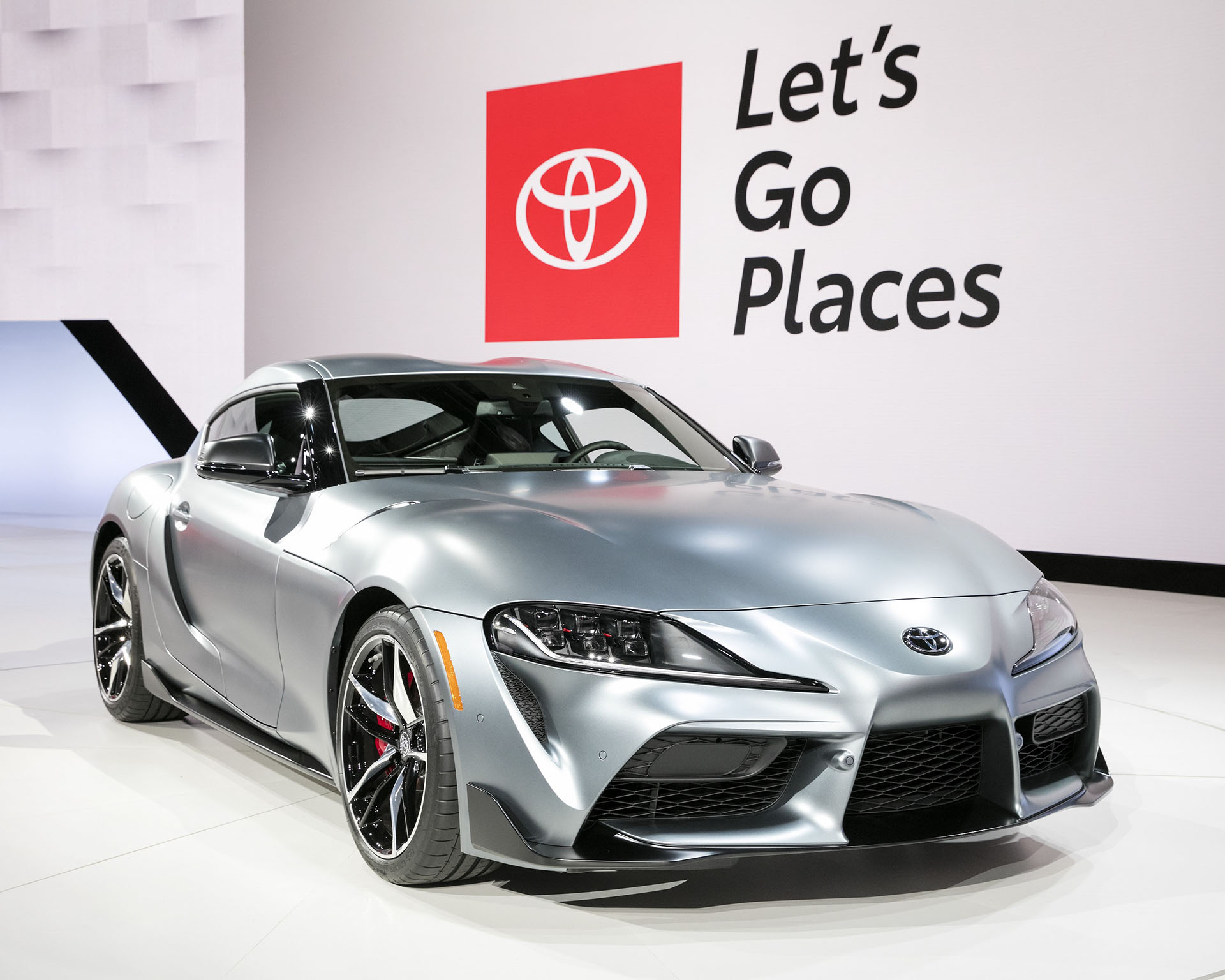
So the question remains – is the A90 a “real” Supra, worthy of the heritage of its hallowed MKIV ancestor, or is it just a badge-engineered BMW? On a practical level, the people who are going to be able to afford its $51,000 base price aren’t necessarily going to care too much about its street cred, compared to a 20-year-old car. They’ll cross shop it against its BMW Z4 step-sibling, the more expensive (and significantly quicker) Camaro ZL1 and Mustang Shelby GT350, and perhaps the base Porsche 718 Cayman.

The 2020 Supra beats the MKIV in every objective measure of performance, making the answer to that question easy for those who base their decisions on lap times and timeslips. But it’s also not a “real” Toyota, which will disqualify it for purists. So in the Sudden Death Overtime Round, you might ask yourself whether it embodies the spirit of the European sports car that kicked this whole thing off nearly 60 years ago – the E-Type. That’s a question only time can answer, but we’d say that the A90 has the right ingredients, even if the recipe isn’t quite the same one handed down from one generation to the next.


